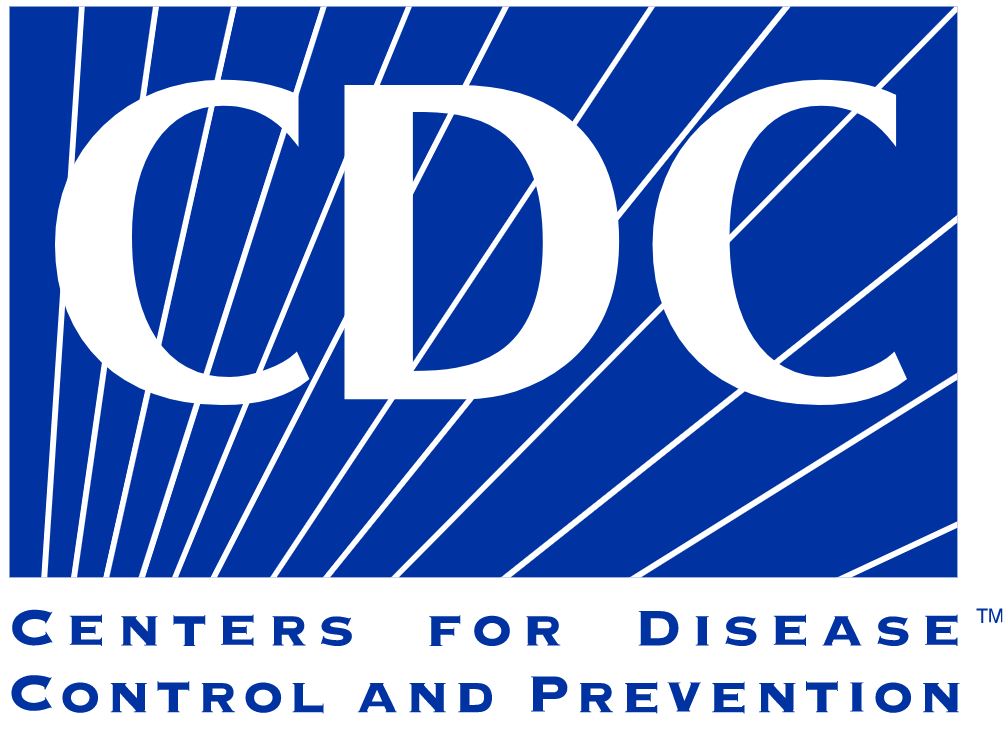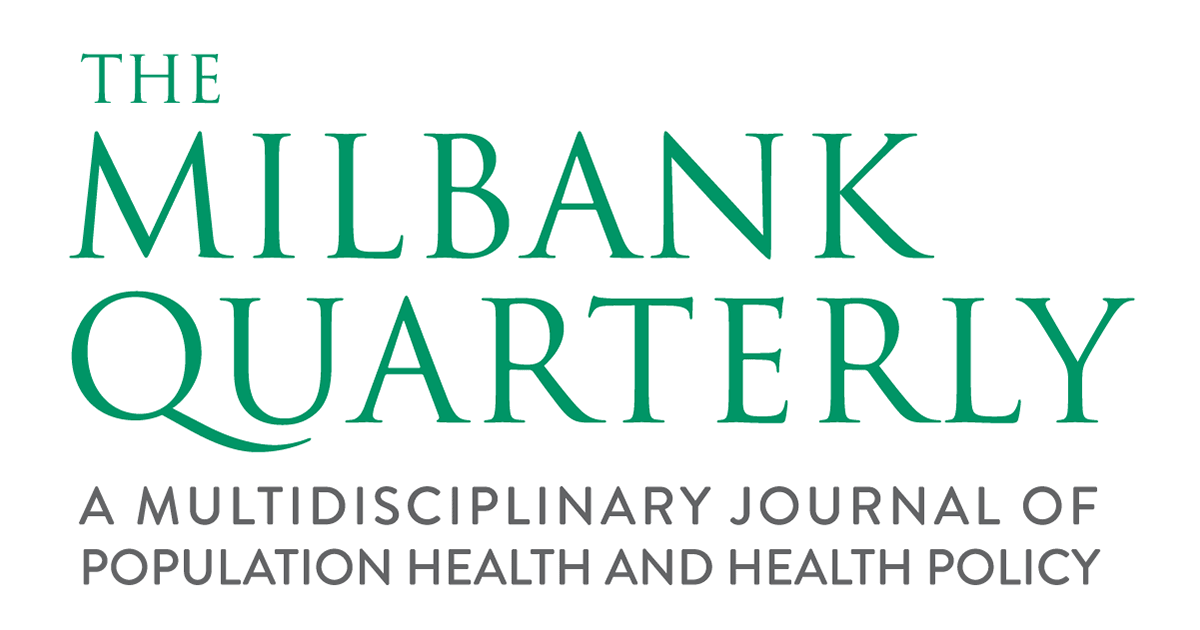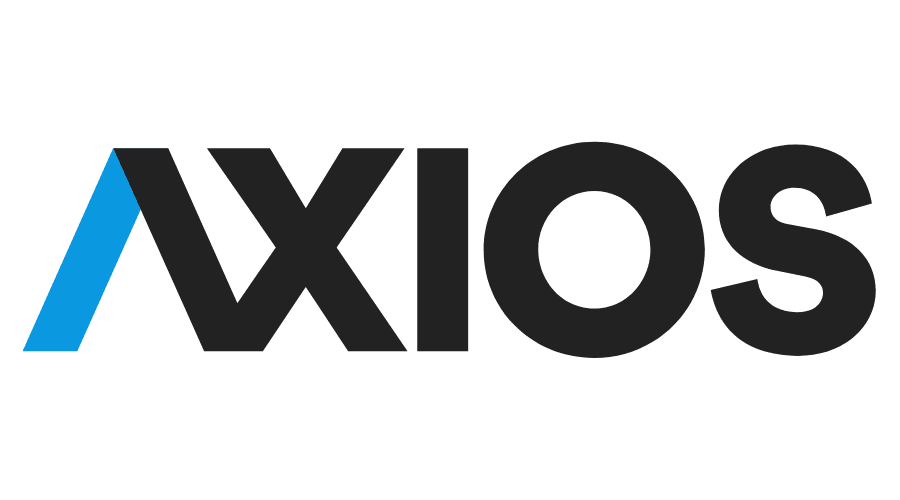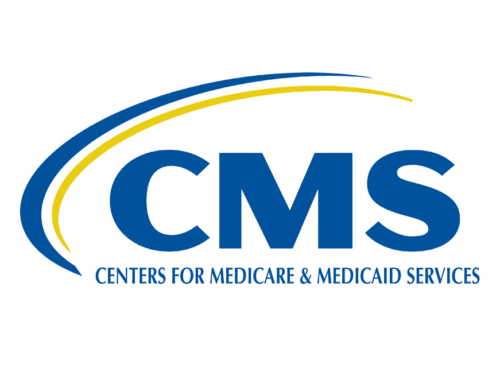CENTER UPDATE | November 2023
In this Issue:
- Thune-Carper Bill Would Expand Access to High-Value Services
- Americans Can’t Afford Their Health Care Regardless of Coverage
- Workers Are Concerned About Health Care Affordability
- Americans Downgrading Insurance Plans to Cope with Rising Costs
- Employers Eye Deductible-Free Plans
- Costs of Prescription Drugs for Children and Parental Adherence
- Lowering Barriers to Cardiac Rehab May Reduce Disparities
- Racial Inequity in Low-Value Care
- CDC Sees Inconsistent Gains in HIV Prevention Prescriptions
- The Impact of Transportation on All Aspects of Health
- Medicare Plans that Help Seniors Afford Groceries Surge
- Save the Date! 2024 V-BID Summit: Overcoming Financial Toxicity
- Michigan Will Protect the ACA, Even if Nation Doesn’t
- Will Free Preventive Health Care Survive the Ongoing Legal Challenge?
- Implementing AI to Improve HIV PrEP Prescriptions

Thune-Carper Bill Would Expand Access to High-Value Services in HSA-Eligible HDHPs
Late last week, Senators John Thune (R – SD) and Tom Carper (D – DE) introduced the Chronic Disease Flexible Coverage Act, S.3224. This bill would codify Internal Revenue Service guidance to further increase the flexibility of HSA-HDHPs to cover chronic disease services on a pre-deductible basis.


Many Americans Can't Afford Their Health Care Regardless of Coverage
More than half of all working-age Americans responding to the 2023 Health Care Affordability Survey reported they struggle with health care costs. More than one in three are saddled with medical debt, with more than half incurring that debt for care related to ongoing health conditions. The survey also found that 57% of people who reported delaying or forgoing care, because they couldn’t afford it, also said their health problems worsened as a result.

Workers Are Concerned About Health Care Affordability
The Kaiser Family Foundation annual survey of private and non-federal public employers with three or more workers reveals rising costs for health care consumers. The survey’s findings included that the average deductible faced by insured individuals has increased 10% over the last five years and 53% over the last ten years. More than half (58%) of employers say that their workers have at least a moderate level of concern about the affordability of their plan’s cost-sharing requirements.

More Americans Downgrading Insurance Plans to Cope with Rising Costs
A Nationwide Retirement Institute survey revealed that over 50% of respondents are not confident in their ability to cover healthcare expenses as they age, and many worry about paying for care for their partners or spouses. About 20% of adults have postponed healthcare to save money, with 10% considering downgrading their health insurance due to high inflation. More Americans are choosing lower premium, higher deductible health insurance plans, but over 50% couldn’t handle an unexpected $5,000 healthcare expense.

Employers Eye Deductible-Free Plans
According to Mercer’s “Inside Employees’ Minds” survey, employers are increasingly turning to deductible-free health plans in response to employees’ growing concerns about healthcare costs. The survey found that 15% of organizations are offering some employees no-cost health plans, while 18% are using salary-based contributions. Approximately 40% of employers provide medical plans with low or no deductibles, and this trend is gaining popularity. For instance, UnitedHealthcare reported that their fastest-growing commercial plans have no annual deductibles, leading to increased preventive care utilization and lower out-of-pocket costs for enrollees.

Costs of Prescription Drugs for Children and Parental Adherence to Long-Term Medications
A cohort study analyzed the association between the cost of a child’s newly initiated medication and changes in their parent’s adherence to their own medications. The study found that initiating a high-cost medication for a child, whether for short-term or long-term use, was associated with a small reduction in parental adherence to their own medications. This effect was more pronounced in parents who were previously adherent, parents using treatment for longer periods, and families who spent more out-of-pocket on medications. The study suggests that healthcare systems should consider child-level or household-level spending in adherence interventions or prescription policy design.


Lowering Barriers to Cardiac Rehab May Reduce Disparities
According to a study in Circulation: Cardiovascular Quality and Outcomes, Medicare beneficiaries who live in low-income neighborhoods are less likely than those living in higher-income areas to attend medically supervised exercise and education programs after undergoing coronary revascularization. Cardiac rehabilitation reduced risks for premature death, hospitalization and heart attack regardless of where patients lived, and addressing barriers to participation in cardiac rehab might improve outcomes and narrow longstanding disparities, researchers wrote.

Racial Inequity in Low-Value Care
A study examining differences associated with race in the receipt of 40 low-value services among Medicare beneficiaries in the United States found that Black patients had higher rates of low-value acute diagnostic tests. These results may be influenced by factors such as continuity of care, structural racism, and care-seeking delays. The editorial on the topic suggests that future initiatives to reduce low-value care should consider equity, focusing on areas most overused among at-risk populations to narrow health equity gaps and improve outcomes for all patients.

CDC Sees Inconsistent Gains in HIV Prevention Prescriptions
CDC data released last month showed that despite increased investments in expanding access to PrEP, gains in prescriptions have been largely limited to white individuals. The percentage of eligible white individuals who were prescribed PrEP grew from 60% in 2019 to 94% in 2022. Among Hispanic/Latino individuals, that number only grew from 15% to 24%, and in Black individuals it grew from 8% to 13%

The Impact of Transportation on All Aspects of Health
While previous research has primarily focused on transportation insecurity, this report emphasizes the need for a broader perspective to address the interconnection of transportation to all aspects of health and well-being. The authors use two case studies to demonstrate how applying a transportation justice framework can more comprehensively and equitably address transportation and mobility needs.

Medicare Plans That Help Seniors Afford Groceries Surge
The number of Medicare Advantage plans providing financial assistance for groceries to eligible seniors has increased significantly in recent years, with about 25% of the market set to offer this benefit next year, up from 2% just five years ago. CVS Health, Elevance Health, and Humana are among the insurers offering food benefits in their Medicare Advantage plans. This trend reflects a growing understanding of the positive impact of access to nutritious food on patients’ health.


Michigan Will Protect the ACA, Even if Nation Doesn’t
Michigan is set to pass a series of 5 bills that would incorporate key provisions of the federal Affordable Care Act into state law. The bills, which include protections for gender, gender identity, sexual orientation, preexisting conditions, coverage for dependents up to 26 years old, and more, have received bipartisan support in both the House and Senate. The legislation aims to ensure that core health and civil rights protections within the ACA remain intact in Michigan, regardless of potential changes or repeals at the federal level.

Will Free Preventive Health Care Survive the Ongoing Legal Challenge?
Braidwood v. Becerra, initiated in 2020, involves six individuals and the owners of two small businesses who seek to invalidate the entire ACA preventive benefit package. The trial court judge ruled in their favor, invalidating free coverage for over 50 services, but the decision is currently on appeal; the case will be heard by the Fifth Circuit Court. The Biden administration is defending the ACA’s provisions, arguing that the advisory bodies making recommendations are constitutionally valid, and that the coverage guarantee should remain in force for the rest of the country, even if found unconstitutional only for the plaintiffs who brought the lawsuit. A decision is expected in early to mid-2024, with the possibility of a Supreme Court appeal.
Save the Date: 2024 V-BID Summit
Overcoming Financial Toxicity
Mark your calendars! The annual Value-Based Insurance Design Summit will be hosted virtually on Wednesday, March 13, 2024, from 12pm to 4pm ET.
If you’re interested in sponsoring the event, please see our Sponsorship Information page.
Looking forward to hosting you all in March!


Payers Expect IRA to Have Negative Impact on Part D Plans
A survey conducted by Cencora’s Managed Care Network suggests that changes to the Medicare Part D program resulting from the Inflation Reduction Act (IRA) could negatively impact payers. Many expect that the IRA will lead to narrower drug formulary coverage and greater utilization management in plans, which could result in slightly higher premiums for beneficiaries. A Forefront article on the topic warns against policy makers implementing IRA policies with a goal of lowering overall health care costs that may negatively impact access to needed treatments for individual patients. “It’s critical that policy makers include experienced clinicians in determinations of the value of medications and keep a watchful eye on how much patients pay for the drugs that best meet their individual needs,” says author Mark Fendrick, MD.

IRA Reforms Will Impact Patient Adherence and Affordability
Despite the reforms introduced by the 2022 Inflation Reduction Act (IRA) in Medicare Part D, a new analysis reveals that while the reforms may increase prescription uptake, many patients – notably those in marginalized populations and specific therapeutic areas like autoimmune diseases, multiple sclerosis, and HIV – may still face substantial financial burdens. Research shows at least 230,000 patients may spend over 10% of their income on out-of-pocket prescription drug costs, particularly affecting those with incomes just above the low-income subsidy threshold, including lower-income, Black, and Native American patients.


Implementing an Automated Prediction Model to Improve Prescribing of HIV Preexposure Prophylaxis
Aiming to combat underuse in priority populations, researchers have developed and validated an automated decision support tool within the electronic health record to increase the discussion and prescription of antiretroviral preexposure prophylaxis (PrEP) in primary care. While the tool was also associated with a 5.5% increase in HIV testing, qualitative interviews with providers showed that it facilitated PrEP discussions, particularly for patients who might not have initiated such discussions due to stigma.





